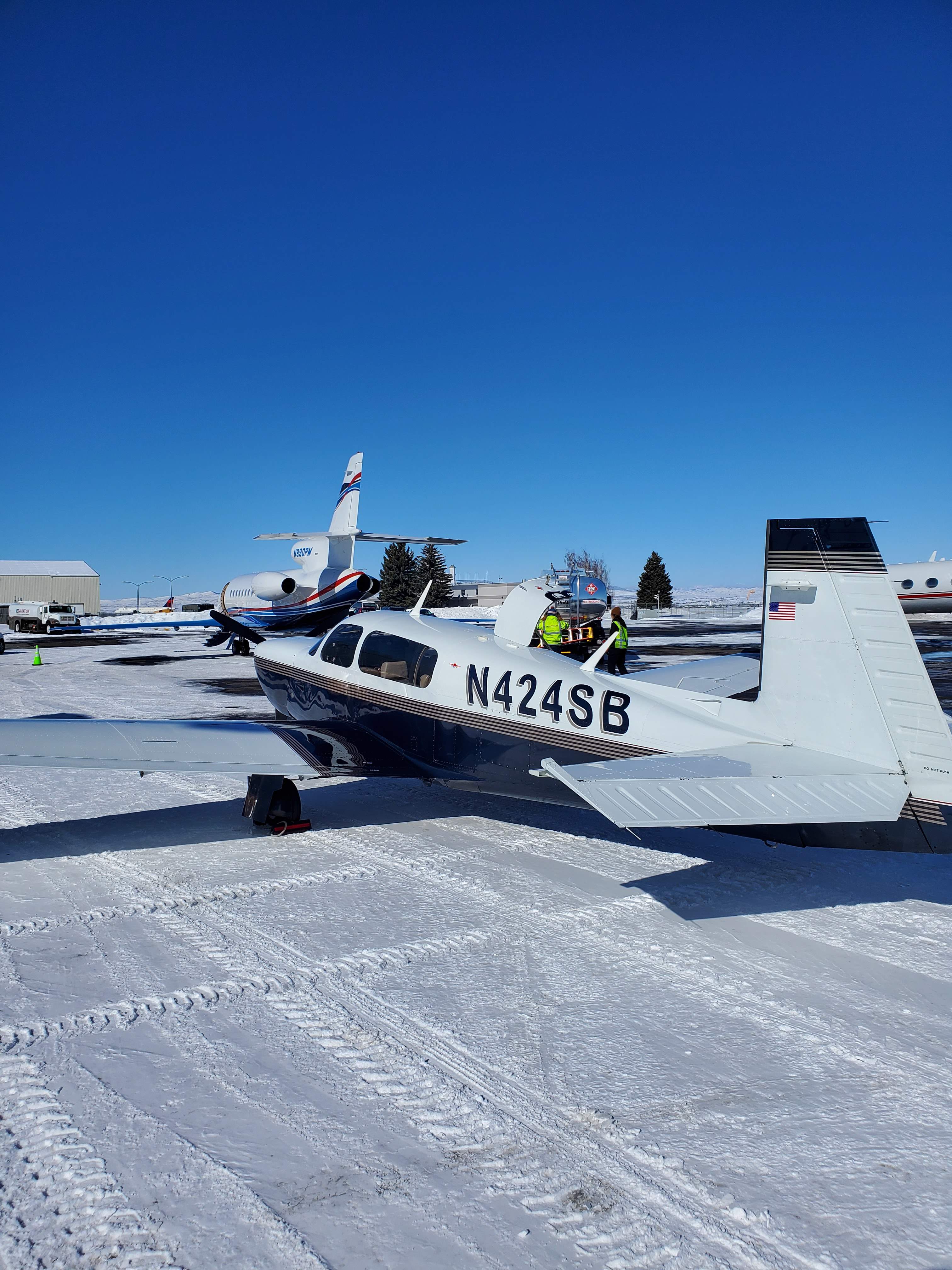
Fritz1
-
Posts
774 -
Joined
-
Last visited

The recent visitors block is disabled and is not being shown to other users.
Fritz1 replied to Echo's topic in Vintage Mooneys (pre-J models)
We have placed cookies on your device to help make this website better. You can adjust your cookie settings, otherwise we'll assume you're okay to continue.